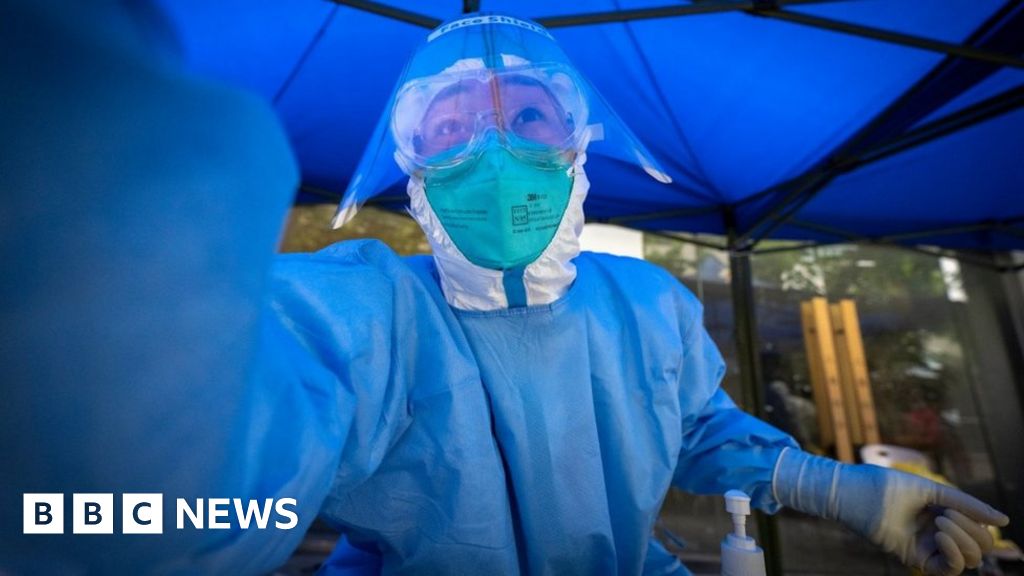China dumps Covid strategy following protests
December 7, 2022 - Reading time: 3 minutes

Just one week after historic demonstrations against the stringent regulations, China is removing the strictest Covid policies, including the requirement to place people in quarantine camps.
If they have little symptoms or none at all, people with Covid can now isolate at home instead of in state facilities.
Additionally, they can travel more freely within the nation and are no longer required to show tests at the majority of places.
Residents have expressed both relief and alarm over the unexpected changes.”Finally! I won’t have to be concerned about contracting an infection or being removed as a close contact “On Chinese social media, one user posted.
One more said: “Can someone please clarify what’s going on? Why is the transformation so drastic and sudden?”
The significant adjustments show that China is finally abandoning its zero-Covid policy and attempting to “live with the virus” like the rest of the world. This occurs as the nation struggles to deal with its largest wave of infections, which average over 30,000 per day.
Additionally, it was claimed that some of the centres’ staff and living accommodations were subpar.
Guards have been seen hauling residents out of their homes on videos all year. Video from Hangzhou last week that went viral showed a guy shoving away authorities.
On Wednesday, China’s National Health Commissioned declared a number of other new liberties.
They sought to reduce testing. In most situations where a result is required, lateral flow tests would take the place of PCR testing, while PCRs are still required for use in schools, hospitals, and nursing homes.
If there isn’t a larger campus outbreak, schools can stay open with student attendance.
Most foreigners are still unable to enter China through its international borders, but some observers believe this sudden development indicates that the country may reopen in 2019.

Darren Stephenson
Darren Stephenson writing spans a wide range of topics, from in-depth political analysis to human interest stories. His unique perspective and engaging narrative style have earned him a loyal readership. Darren's commitment to journalistic integrity and his ability to connect with readers make him a standout voice in modern journalism.




